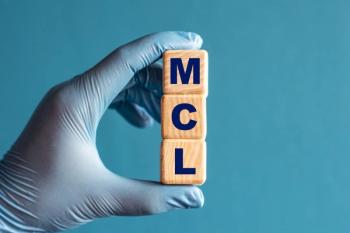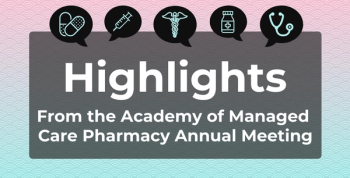
Pharmacy-Based FIT Screening Could Boost Colorectal Cancer Detection
Key Takeaways
- Pharmacy-based CRC screening programs using FIT can improve early detection, especially in underserved communities, with effective follow-up care.
- Patients prefer digital updates for negative results and personal communication for positive results, highlighting the need for tailored communication strategies.
A national survey finds patients want personal contact after positive cancer results, with psychosocial fears outweighing cost and transportation concerns.
Pharmacy-based
In a national survey published in
“Findings provide insights into patient preferences for follow-up care in a pharmacy-based CRC screening program, called PharmFIT, and explores perceived barriers patients may face when obtaining a follow-up colonoscopy after a positive FIT result,” wrote the researchers of the study. “Our results reveal key preferences for how patients wish to receive FIT reminders, results, and follow-up referrals for colonoscopy, highlighting the importance of tailored, multimodal communication strategies to enhance patient adherence to screening practices and acceptability of a pharmacy-based screening program.”
Expanding FIT outreach represents a practical and scalable strategy to improve CRC screening rates. A community-based cohort study published in JAMA Oncology found that initiating FIT screening at ages 40 to 49 reduces CRC mortality by 39% and incidence by 21% compared with starting at age 50.2
The current cross-sectional study was based on data from a national online survey of 1045 US adults aged 45 to 75 years.1 Participants were presented with scenarios based on a hypothetical pharmacy-based CRC screening program that provides FIT kits through community pharmacies. 1 The survey assessed patient preferences for receiving both negative and positive FIT results, preferred communication channels for follow-up care, and perceived barriers to completing a colonoscopy after a positive result.
The survey results summarized participant preferences and reported barriers, as well as identified demographic and clinical correlates of preferred communication methods. Additionally, the survey examined factors associated with psychosocial and structural barriers to follow-up colonoscopy.
Survey results revealed distinct communication preferences and notable barriers to follow-up after positive FIT results. Most participants preferred digital communication methods, such as email, text, or patient portals, for receiving negative FIT results and reminders. However, 78% favored direct, interpersonal communication from a health care provider when results were positive, with phone calls being the most preferred method.
Psychosocial barriers were more frequently reported than structural ones: 41% cited fear of colonoscopy, and 35% expressed anxiety about a potential cancer diagnosis, compared with 18% who identified cost and 15% who cited transportation as obstacles.
Older adults, individuals with a regular health care provider, and those with higher incomes were significantly less likely to report barriers. In contrast, non-White respondents and Medicaid beneficiaries were less likely to prefer automated or digital notifications.
However, the researchers noted some limitations. First, its cross-sectional design could not confirm causal links between preferences and follow-up behaviors. Second, the online-only survey may have excluded individuals without internet access or digital literacy, limiting generalizability. Third, self-reported responses to hypothetical scenarios may also have been affected by recall or social desirability bias.
Despite these limitations, the researchers believe the study highlights the benefits of a pharmacy-based CRC screening program when communication strategies are tailored to patient preferences.
“Pharmacies, as accessible health care locations, can play a pivotal role in CRC screening initiatives, but effective implementation of such programs requires careful consideration of communication strategies that align with patient preferences and address identified barriers,” wrote the researchers. “Tailored communication strategies, integrating both digital and interpersonal methods, and addressing psychosocial and structural barriers, can enhance patient engagement and follow-up adherence in pharmacy-based CRC screening programs.”
References
1. Schwartz J, Wangen M, Odebunmi OO, et al. Patient preferences and perceived barriers to follow-up care in a pharmacy-based colorectal cancer screening program: a national survey. Cancer Causes Control. Published online August 15, 2025. doi:10.1007/s10552-025-02045-9
2. Steinzor P. Starting colorectal cancer screening at age 40 cuts death risk by 39%, study finds. AJMC®. June 12, 2025. Accessed August 15, 2025.
Newsletter
Stay ahead of policy, cost, and value—subscribe to AJMC for expert insights at the intersection of clinical care and health economics.







































